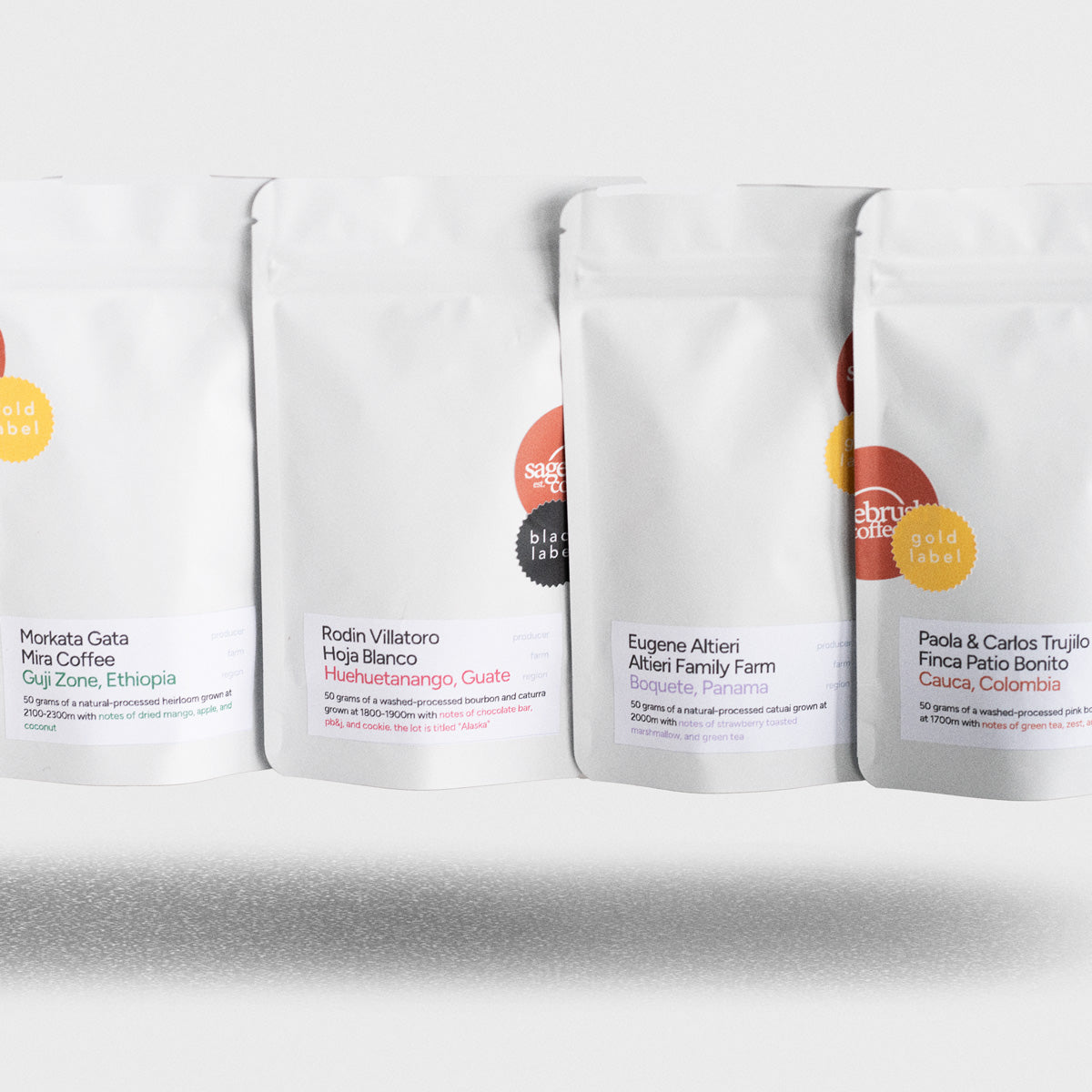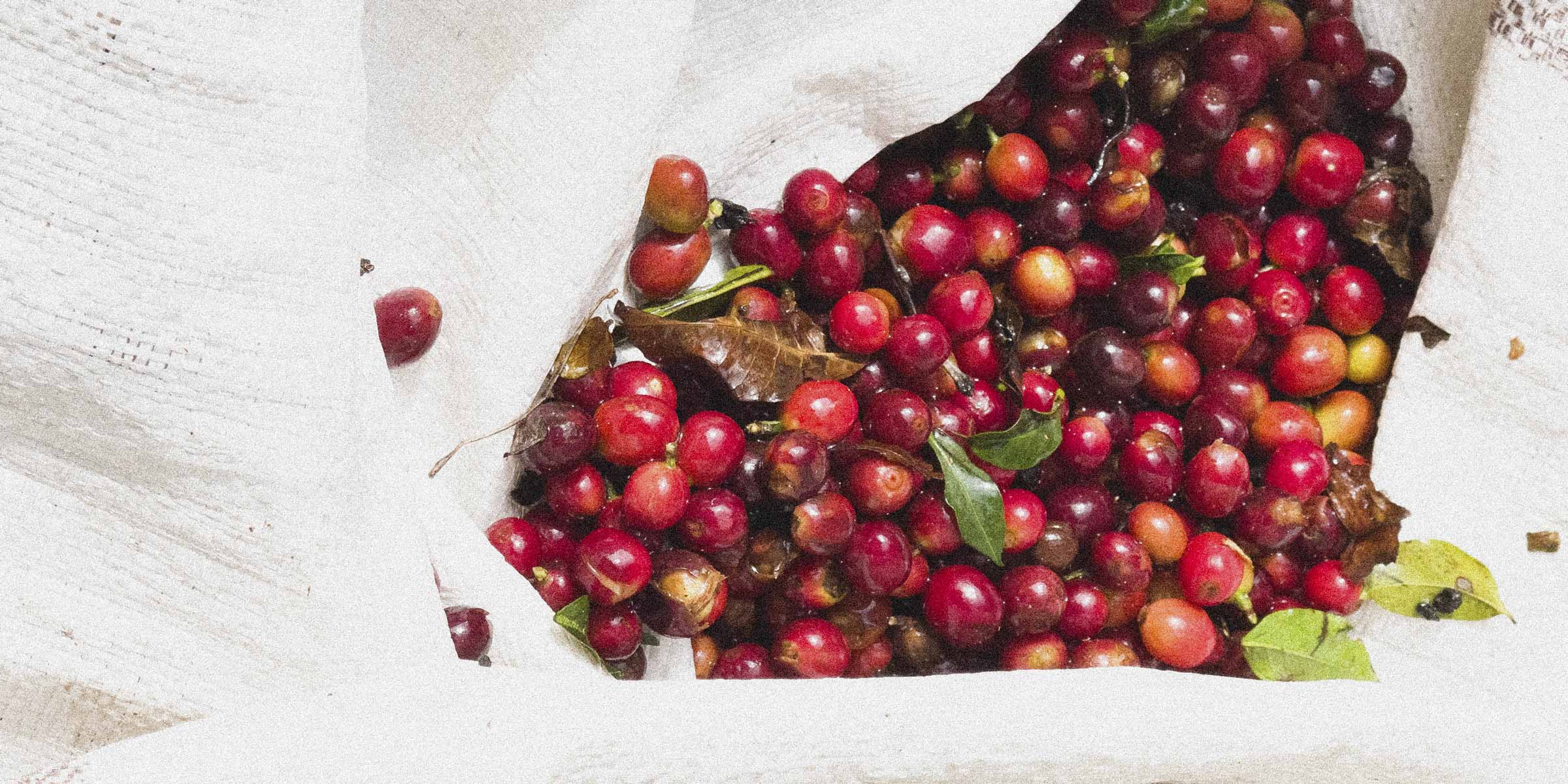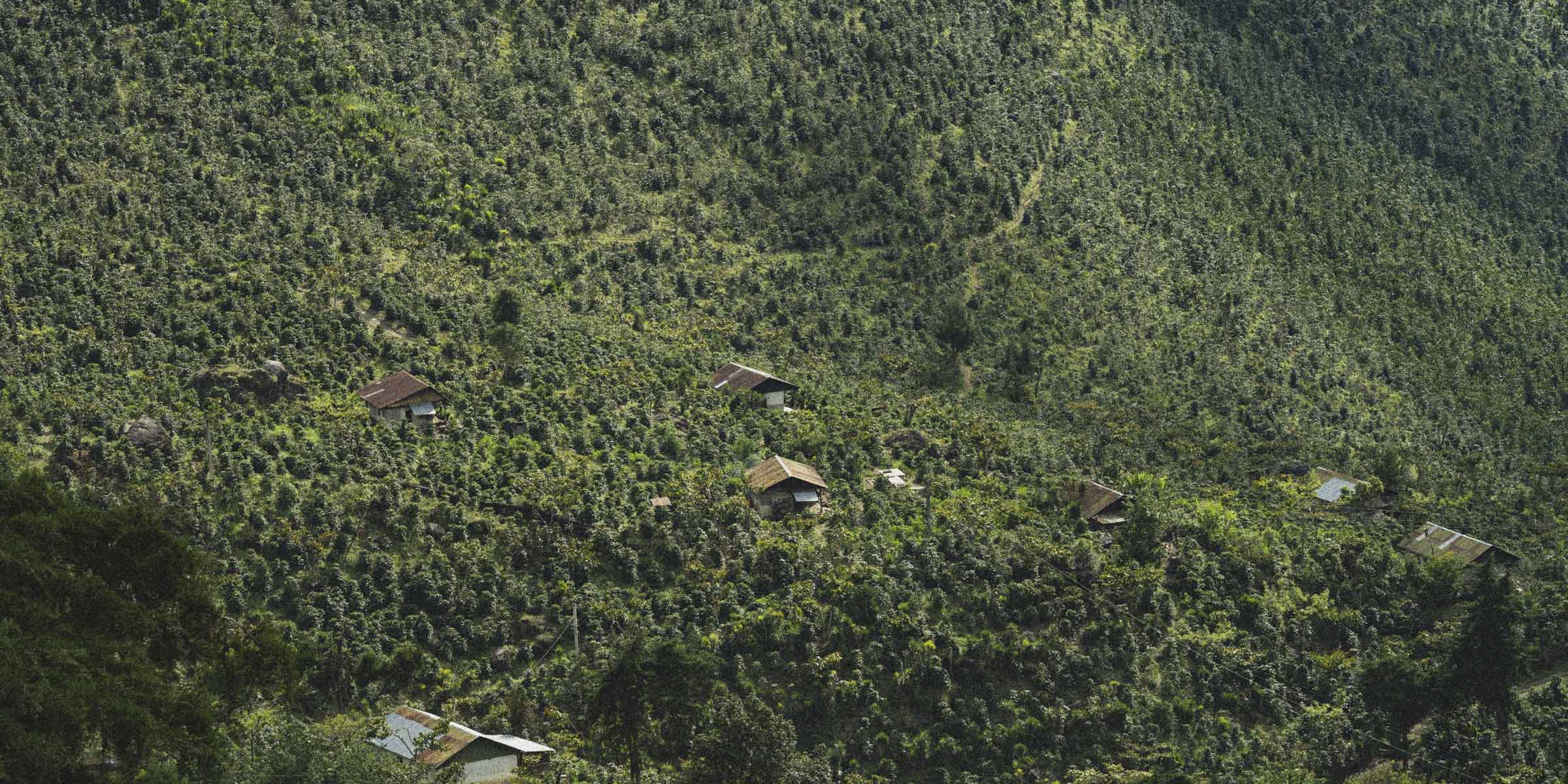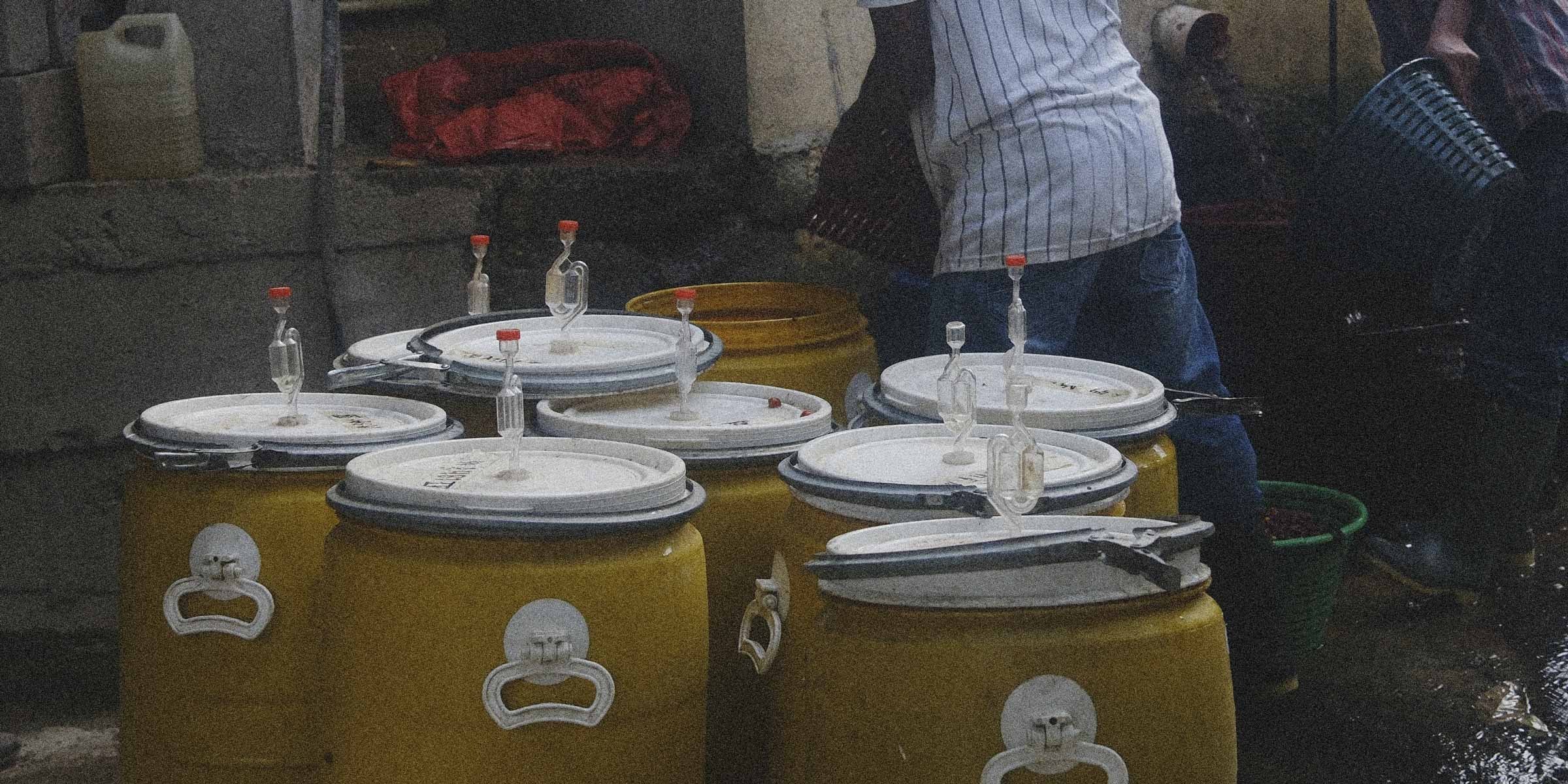
Costa Rica’s Longstanding Commitment to Excellence
Costa Rica (kow•stuh ree•kuh) has a long history of being committed to excellence in coffee. Point in fact: they had a country-wide ban on the production of Robusta (a coffee plant that produces much lower quality coffee) and only grew Arabica coffee as a country for thirty years. This commitment has paid off on the global stage of coffee as Costa Rican coffee has widely become known for its bright, clean, beautiful cups.
Historically, coffee has been a major driver of the Costa Rican economy, although in recent years, this has shifted. High indebtedness among coffee producers, exchange rate challenges, labor shortages, unseasonable rain, and lower international prices have all contributed to a 50% drop in coffee producers from twenty years ago. Although the amount of coffee coming out of Costa Rica may be decreasing (exporting about 1 million bags annually), the quality is not. Still, ranked 17th in global coffee production, Costa Rica knows what it takes to produce high quality coffee beans and has been doing so for over 200 years.
Costa Rican Coffee History and Geography
Rich volcanic soil paired with the perfect tropical climate for growing Arabica beans results in flavor profiles that are extraordinarily rich, full-bodied, and clean. Since the early 19th century, coffee has been more than a crop for the Costa Rican people–it has been a way of life. After the country declared independence from Spain in 1821, the government handed out coffee seeds to encourage production. As well as distributing beans, the Costa Rican government further promoted coffee by making it a tax-exempt crop which led to the mass exportation of coffee. Exportation began around 1832 and was primarily shipped to Panama and Chile but eventually was exported all the way to England.
For a while, coffee was the sole export product of Costa Rica. Because of this economic boom, the infrastructure of Costa Rica improved tremendously. Railroads were built, hospitals and post offices were fully funded, and the culture progressed by developing theaters, libraries, and universities. Today, 90% of the coffee plantations are owned by producers, keeping the money local and making the beans easily traceable to small-town farmers. It is truly incredible to see how something as small as a coffee bean can completely change the economy and status of an entire country.
Costa Rican Coffee Flavor Profile
Costa Rica is known to have some of the best coffee flavor profiles in South and Central America. The high-grown altitudes and rich, volcanic soil result in cups bursting with pleasant acidity and crisp taste. Not only that, because of its diverse terrain, Costa Rica produces a wide range of flavor profiles. From the bright acidity and heavy aromas found in the Tarrazú region to the peach and apricot notes found in the Occidental region, Costa Rican coffee really does have something for everyone.
But what really makes Costa Rican coffee unique right now is how invested they are as a country in taking coffee to the next level in creating hybrid varieties. They are investing in research and development at a scientific level right now in a way that is literally bearing fruit in the new and interesting cups that are coming out of Costa Rica.
While Costa Rican’s production volume may be relatively small compared to other countries, its uniqueness and quality make this country a standout when it comes to coffee and makes us thrilled to bring it to you!


















